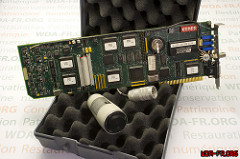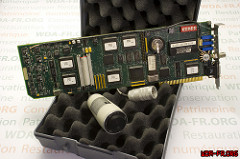Physical Therapy College

College programs all across the country are including Physical Therapy as part of their course offerings due to an increased demand for physical therapy services. In the United States, the Bureau of Labour Statistics consider PT as the eighth-fastest growing profession in the country and salary.com ranks physical therapy as the 12th best job to have in America. With statistics like these, it is not surprising that colleges will want to offer Physical Therapy in their campuses.
The basis for a career in Physical Therapy is a commitment to academic education. Occupational Handbook 2008-2009 says that the minimum requirement for a career in physical therapy is a master’s degree from an accredited Physical Therapy Education Program and a State license. Once you have these prerequisites, you are eligible to be employed as a physical therapist or to set up your own practice.
Some basic courses you need to take include a lot of science courses such as chemistry, biology, mathematics, physics, social sciences and more specific courses in Neuroanatomy, Biomechanics, Examination Techniques, Disease and their Manifestations, Therapeutic Procedures and Human Growth and Development.
The program includes both classroom learning as well as a practicum, which requires you to participate in actual clinic set-ups with many opportunities for you to apply whatever knowledge you have learned in the classroom to patients. You will be under supervision from a practicing physical therapist so this is a great way to learn and acquire some experience prior to graduation.
Some master’s programs require students to actively participate and complete a six-week, full time practicum in addition to a couple of eight-week practicums (Northern Illinois University). This is actually a really good way to be eased into what goes on in real-life practice. Some doctorate programs require a minimum of 100 hours practicum with at least 50 hours in an acute care hospital setting before candidates can be accepted into their program (Hunter College).
Physical Therapy also requires the development of interpersonal skills as the therapist needs to interact constantly with patients, their family members and other professionals as well. Being able to establish a positive relationship with the patient early on is a very valuable skill that the therapist needs to take with him throughout his career.
To meet the expected rise in enrollment, colleges are getting ready by having accredited programs already on offer. While some institutions offer a six-year program for high school graduates, others offer two and three-year graduate programs in the master’s and doctorate levels. Note that a doctorate degree in physical therapy allows you to practice, diagnose and treat patients without needing a referral from another medical practitioner. This might be something to think about as you plan out your career.
The college where you take your PT education can influence how you turn out as a therapist and how well you run your practice, therefore, it is prudent to do your research well and evaluate all your options before deciding on a course of action.
Nitin Chhoda has a blog on physical therapy marketing. Get a free physical therapy marketing system with a DVD, book on physical therapy marketing and over 8 hours of audio at marketing physical therapy and forever change the way you market your clinic.
